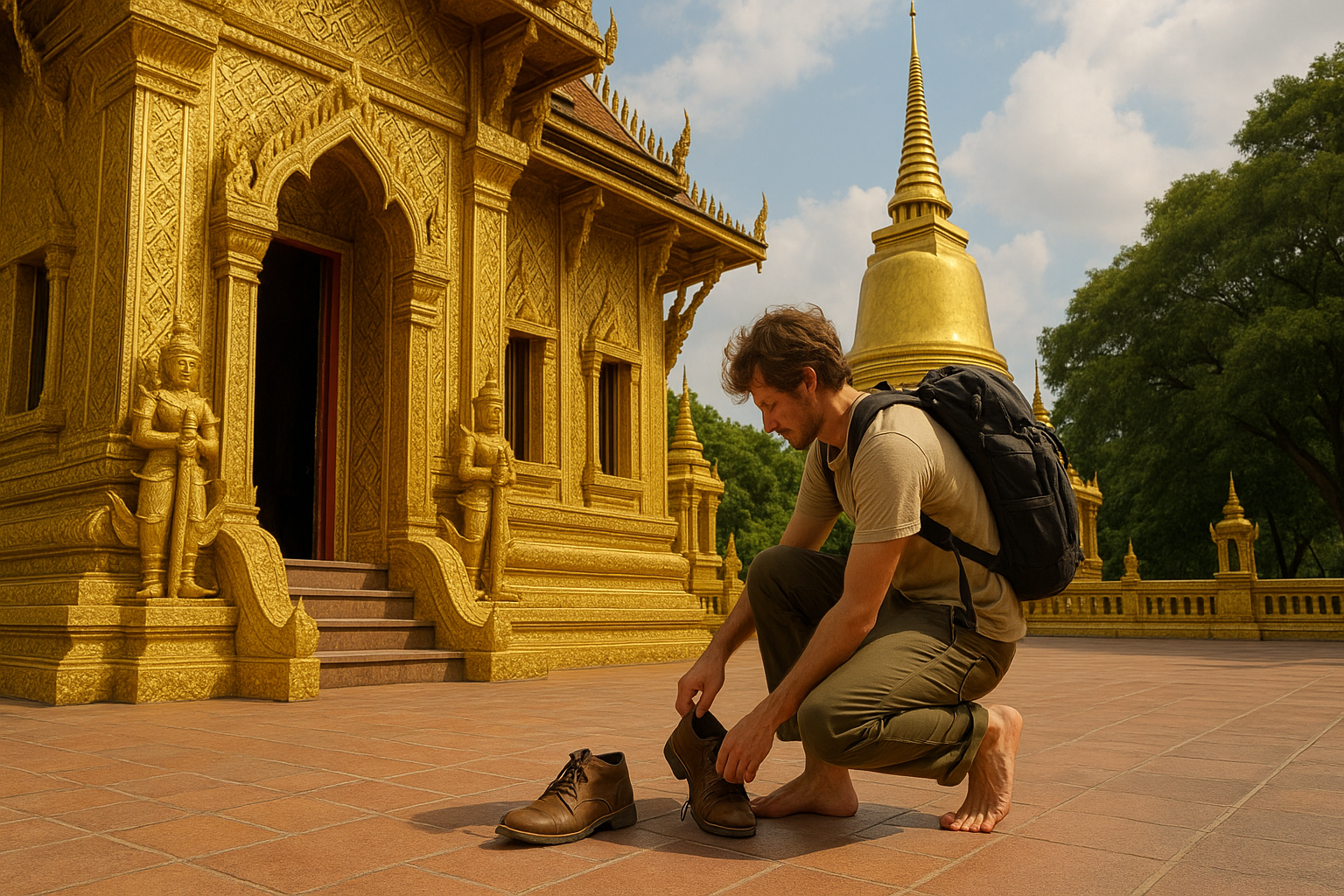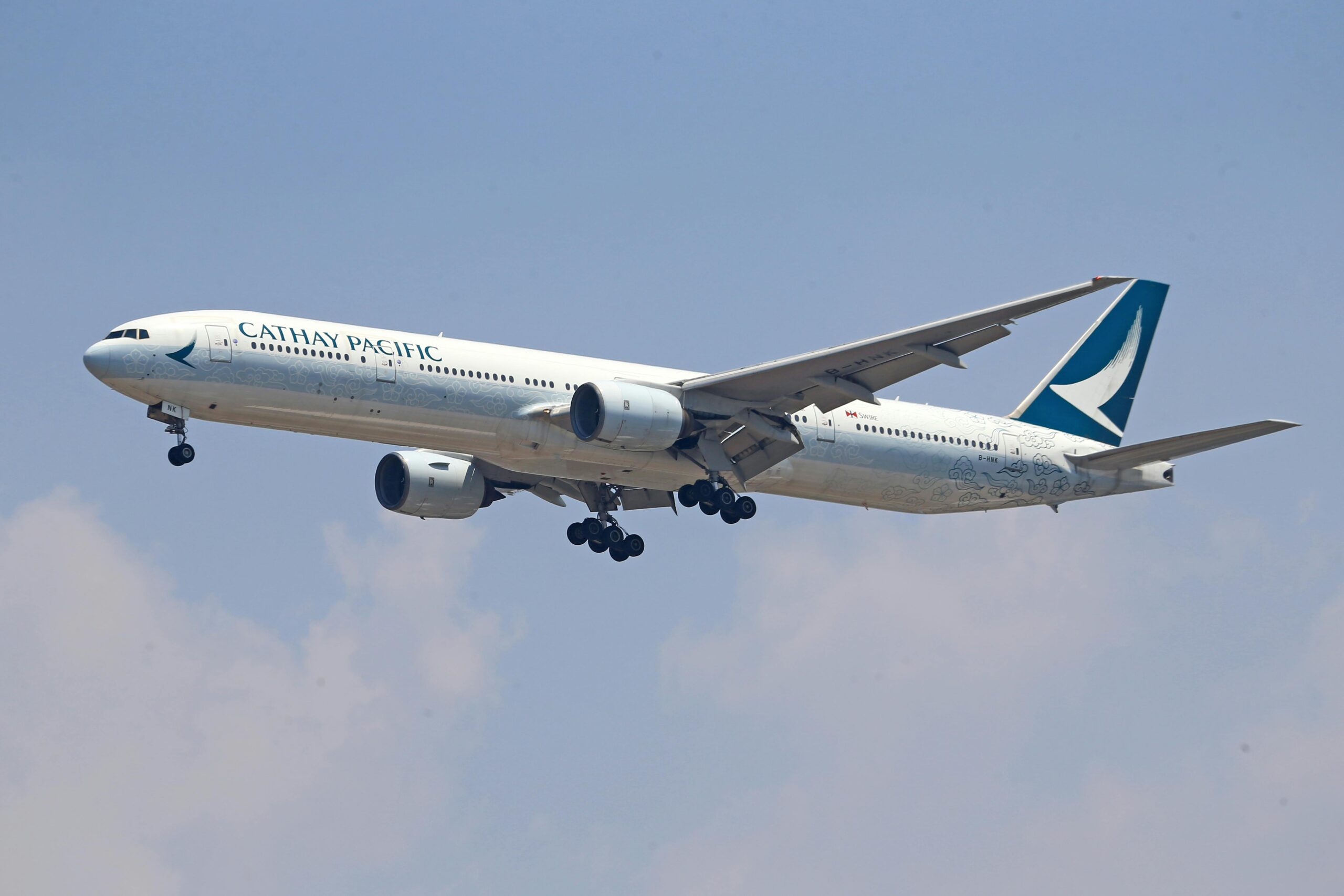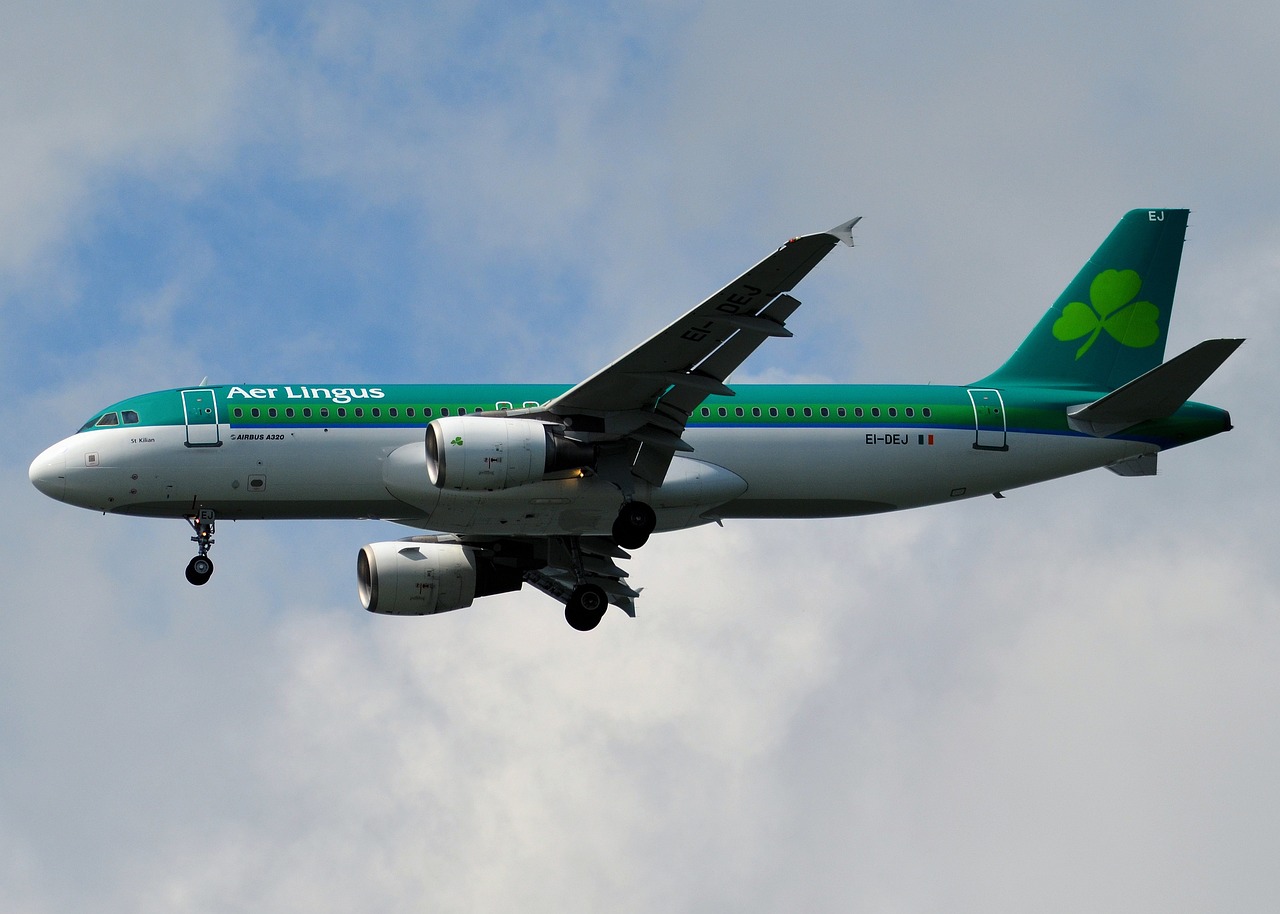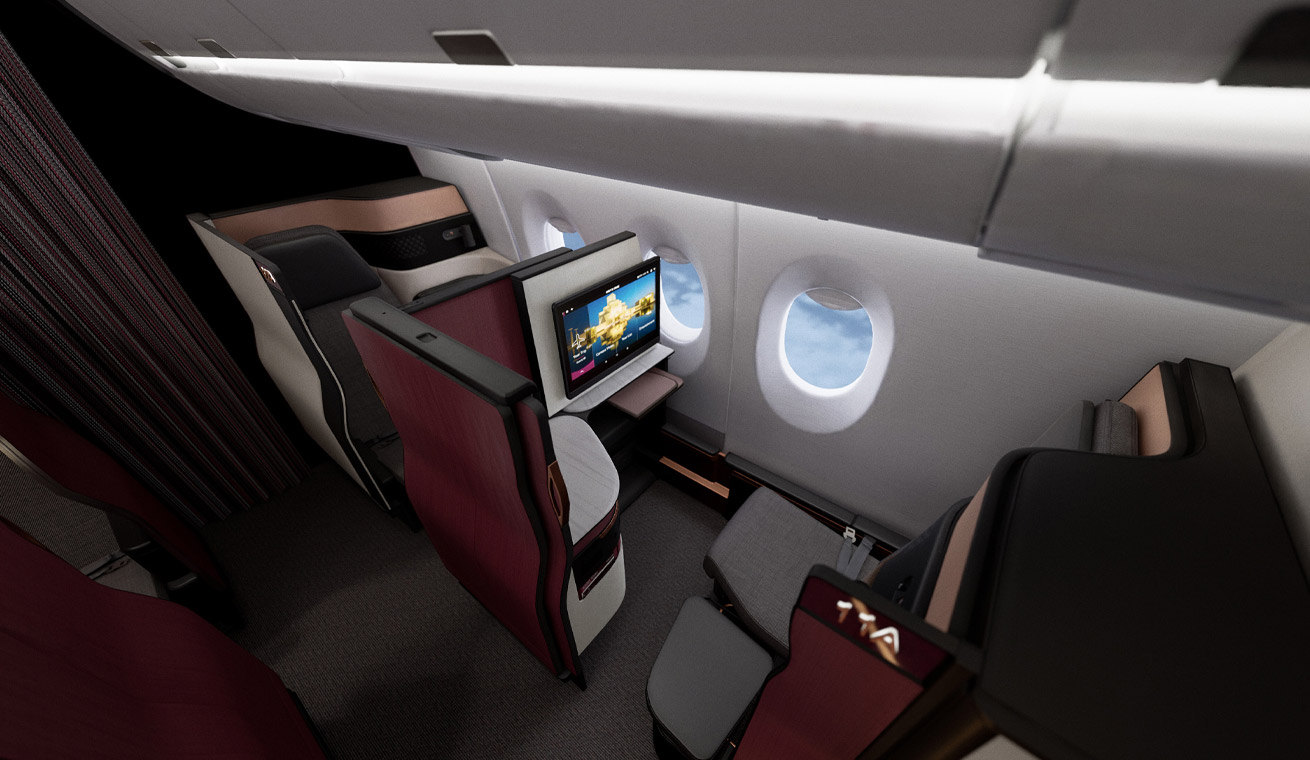Southeast Asia is a region that captures hearts — not just for its tropical beauty and diverse cuisines, but for its deep cultural traditions. Whether you’re stepping into a temple in Thailand, riding a rickshaw in Vietnam, or sharing a meal in Bali, understanding local norms can make your journey smoother and far more respectful. This isn’t just about avoiding awkward moments. It’s about showing that you value and honor the places and people you’re visiting. So, if you’re planning a trip to this fascinating part of the world, here’s a guide to mastering cultural etiquette in Southeast Asia — without feeling overwhelmed or out of place.
Respect Starts With Small Gestures
Respect shows up in small ways — and that’s where travelers can shine. One of the most important habits across the region is removing your shoes. If you see shoes lined up at the door of a home, temple, or shop, do the same. Ignoring this custom can seem careless or even disrespectful.
In Thailand, returning a traditional “wai” (palms together, slight bow) reflects awareness and humility. Cambodia and Laos share similar greetings. Even if you’re unsure, a genuine smile and nod are widely appreciated.
Body language matters, too. Never point with your feet or expose your soles. Avoid touching someone’s head — even a child’s — as it’s considered sacred in Buddhist culture. These small cues help you move through local spaces with awareness and grace.
Dress Modestly, Especially at Sacred Sites
In Southeast Asia, what you wear sends a message. While the heat may tempt you to dress down, locals will notice how respectfully you dress — especially in temples, villages, and religious areas. Cover your shoulders and knees when entering sacred sites. Keep a scarf or sarong in your daypack for easy coverage when needed.
In Muslim-majority areas such as Malaysia or parts of Indonesia, modest dress does more than show respect — it keeps you safe and comfortable. Wearing long pants and breathable tops can also help you blend in, avoid stares, and invite friendlier interactions. Locals will often go out of their way to help travelers who clearly make an effort to adapt.
Also, remember that public displays of affection — even holding hands — can attract negative attention in conservative areas. In beach towns, bikinis are fine on the sand, but not in the streets or shops. When in doubt, look around — if locals are covered, take that as your cue.
Temple Etiquette and Spiritual Awareness
Temples are sacred spaces, not backdrops for your travel photos. Whether you’re in a glittering pagoda in Myanmar or a jungle-cloaked shrine in Cambodia, act with reverence. Always remove your shoes before entering. Speak quietly. Avoid standing or sitting higher than monks or sacred statues.
Respect gender rules where they exist. In many Buddhist temples, women should avoid touching monks or handing them items directly. This isn’t personal — it’s rooted in centuries of belief. Following these customs demonstrates your humility, not your agreement.

Photography should never distract from worship. Many temples prohibit selfies or posed shots near Buddha statues. When allowed, turn off your flash and ask before taking photos of people, especially if they’re praying or meditating. Taking the time to observe before you act will help you show respect naturally.
Dining Etiquette and Everyday Customs
Meals in Southeast Asia offer a powerful opportunity to connect — but they come with their own Cultural Etiquette Southeast Asia. Dishes are typically shared, and it’s polite to serve others before yourself. Always use your right hand to pass food or money. The left hand is reserved for less sanitary tasks and is considered inappropriate for social interactions in more traditional circles.
If you eat with your hands — common in Indonesia and rural Malaysia — do so with your right hand only. Watch the locals and copy their approach. You’ll be surprised how warmly your effort is received, even if you’re a little clumsy.
Paying, Tipping, and Gratitude
Tipping isn’t expected everywhere, but it’s appreciated. In places like Thailand and Vietnam, rounding up the bill or tipping hotel staff and drivers shows respect. In Indonesia, leaving 5–10% at nicer restaurants is common. Always hand money directly to someone — never toss it or drop it carelessly. A small act of kindness — like a tip or a thank-you — can go a long way in creating a positive connection.
Don’t be afraid to say “thank you” in the local language. Learning just a few key words shows genuine interest and earns smiles. For example, say “terima kasih” in Indonesian or “khop khun ka/krap” in Thai depending on your gender. These small efforts are noticed — and appreciated.
Practicing cultural etiquette in Southeast Asia isn’t about memorizing rules. It’s about being present. By observing those around you, asking questions when unsure, and leading with humility, you’ll naturally pick up local customs. The more you adapt, the more authentic and rewarding your travel experience becomes.
What’s the most meaningful cultural moment you’ve had abroad? Share it in the comments — and follow us for more travel tips that go beyond the guidebook.
Catch up on the top stories and travel deals by subscribing to our newsletter!












Leave a Reply